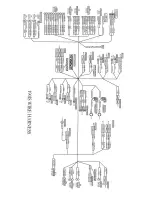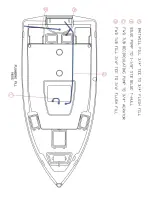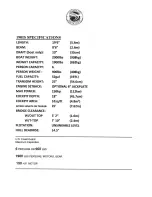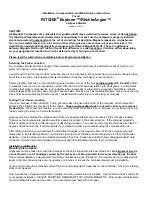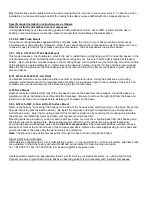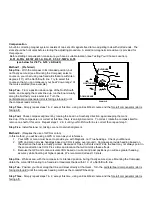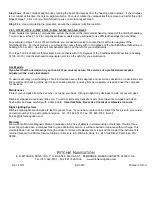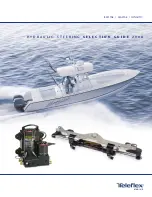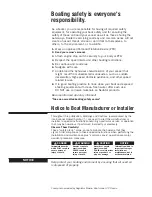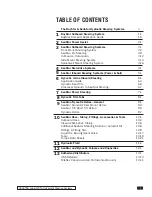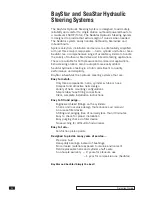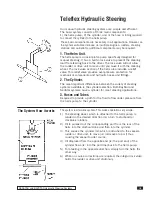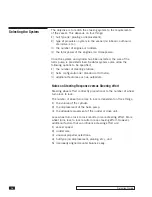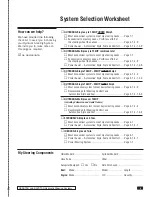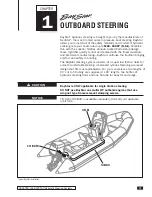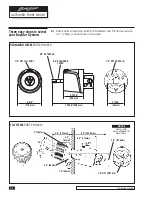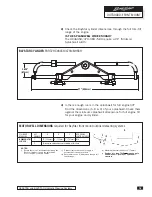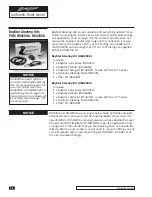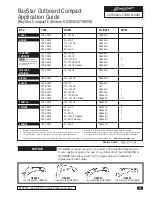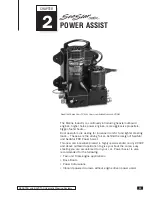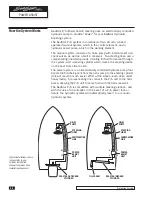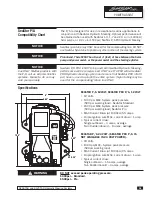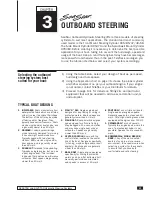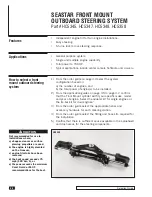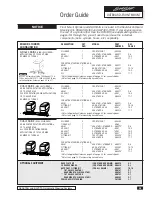
iv
Selection Guide
The objective is to match the steering system to the requirements
of the vessel. This depends on four things;
1)
hull type (ie: planing or displacement),
2)
type of propulsion system in the vessel (ie: inboard, outboard,
sterndrive, etc.),
3)
the number of engines or rudders,
4)
the total power of the engines (ie: Horsepower).
Once the system and cylinder has been selected, the size of the
helm pump is pre-determined. SeaStar systems also allow the
following options to be specified;
1)
the number of steering stations,
2)
helm configuration (ie: standard or tilt helm),
3)
additional features such as autopilots.
Notes on Steering Response versus Steering effort
Steering wheel ef for t is directly propor tional to the number of wheel
turns lock to lock.
The number of wheel turns lock to lock is dependent on three things;
1)
the volume of the cylinder,
2)
the displacement of the helm pump,
3)
the allowable movement of the rudder or drive unit.
Less wheel turns lock to lock results in more steering ef for t. More
wheel turns lock to lock results in less steering ef for t. However,
additional factors that can influence steering ef for t are;
1)
vessel speed,
2)
rudder size,
3)
unusual propeller selections,
4)
hull type (ie: displacement, planing, etc.), and
5)
improperly aligned counter balance skeg.
Selecting the System
Summary of Contents for 190 InShore 2014 Series
Page 1: ...190IS 190 InShore Series OWNER ASSISTANCE MANUAL Revised 2014...
Page 30: ...28 Appendix 190 IS...
Page 31: ...29 Hydraulic Steering System...
Page 32: ...30...
Page 33: ...31...
Page 34: ...32...
Page 35: ......
Page 36: ......
Page 37: ......
Page 38: ......
Page 39: ......
Page 40: ......
Page 52: ...vi Selection Guide...
Page 58: ...1 6 Selection Guide...
Page 62: ...2 4 Selection Guide...
Page 88: ...4 8 Selection Guide...
Page 138: ...11 2 Selection Guide...

